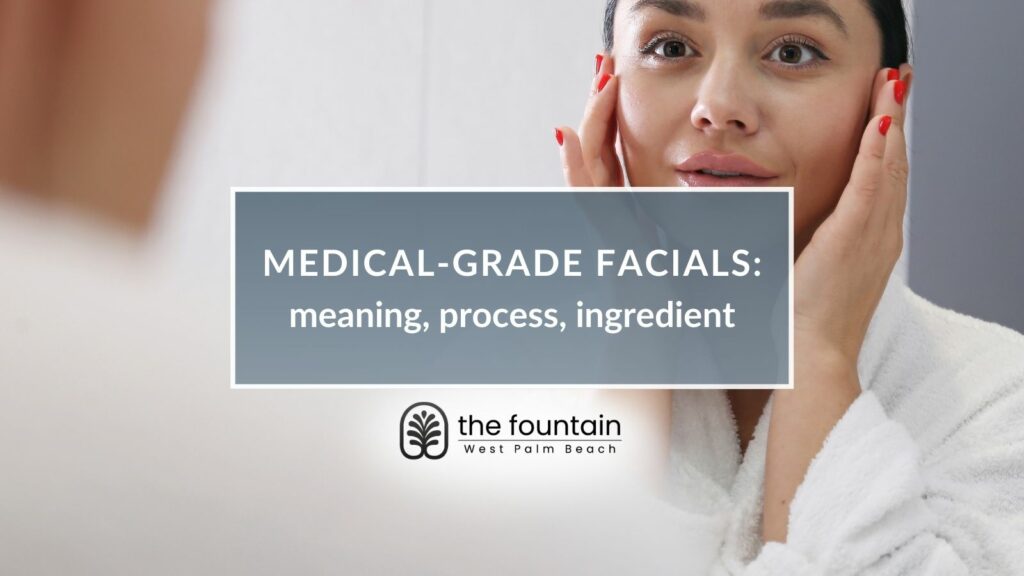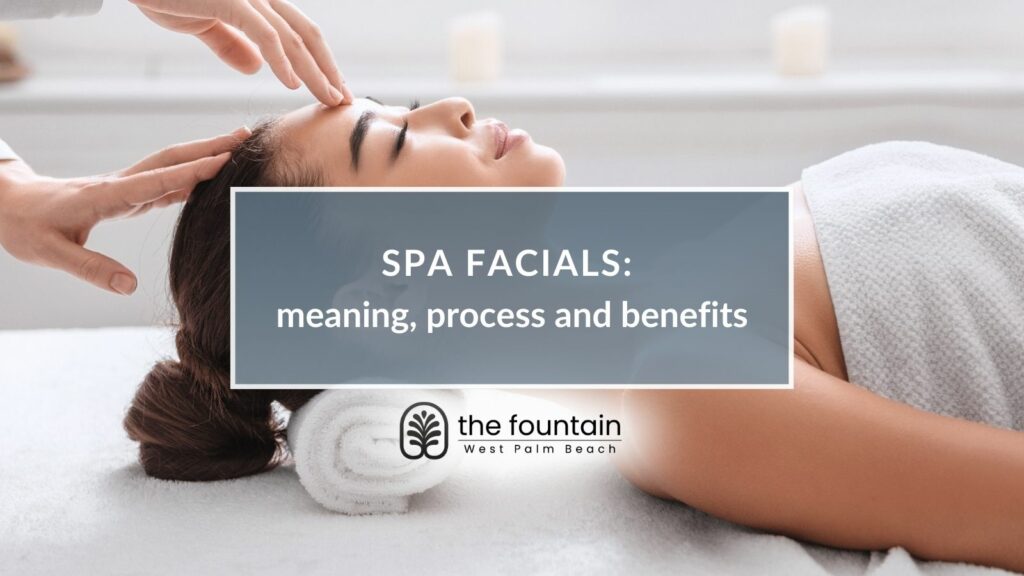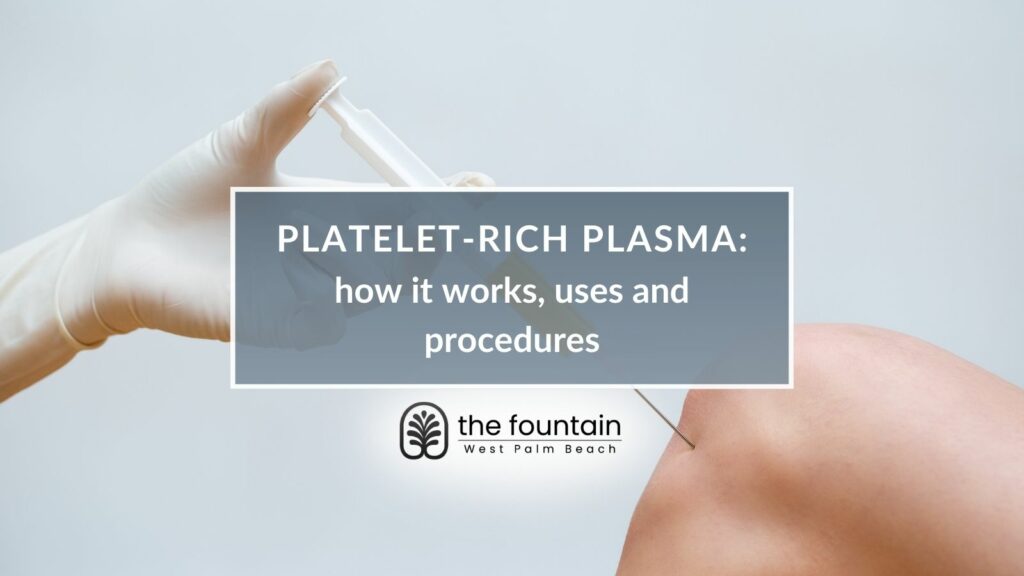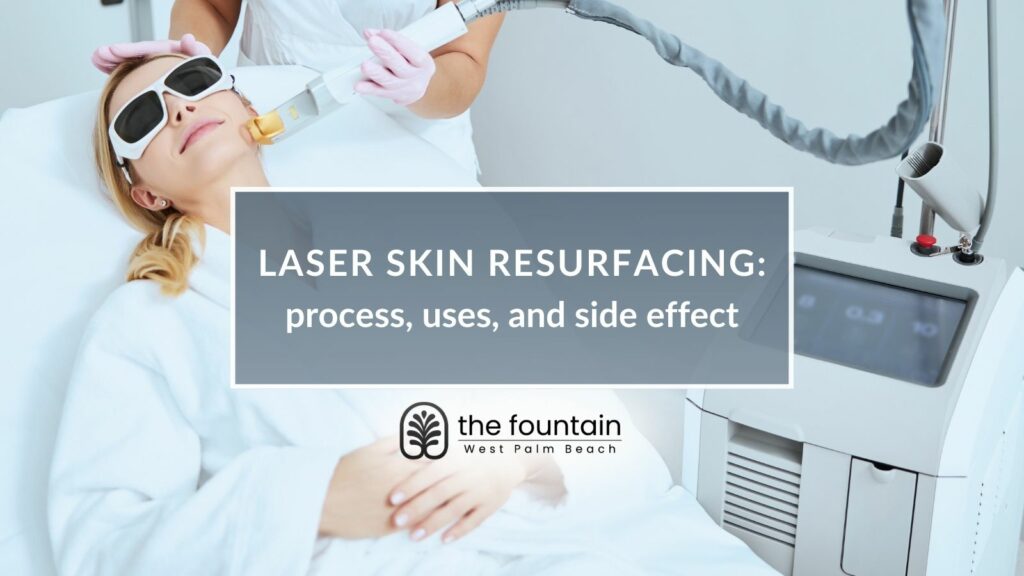Medical-grade facials are a cutting-edge solution for diverse skin issues, going beyond relaxation to target specific concerns effectively. Administered by licensed professionals, these treatments utilize advanced techniques and potent ingredients to address conditions like acne scars, hyperpigmentation, and fine lines. With tailored approaches and noticeable results, they’re a top choice for individuals seeking impactful skincare solutions.
Medical-grade facials typically begin with a thorough consultation to assess the patient’s skin concerns, medical history, and treatment goals. A comprehensive skin analysis is conducted to identify underlying issues such as acne, hyperpigmentation, or signs of aging. The facial then progresses through steps such as cleansing, exfoliation, extraction (if necessary), targeted treatment application, hydration, and sun protection.
Medical-grade facials harness the power of potent active ingredients to address various skin concerns and promote skin health. Common ingredients used in these facials include glycolic acid, salicylic acid, hyaluronic acid, retinoids (vitamin A), antioxidants, and peptides. These ingredients are carefully selected for their efficacy in exfoliating dead cells, stimulating collagen production, reducing inflammation, hydrating the skin, and protecting against environmental damage.
What are Medical-Grade Facials?
Medical-grade facials represent a significant advancement in skincare treatments, offering comprehensive solutions for various skin concerns. Unlike traditional spa facials, which primarily focus on relaxation and surface-level improvements, medical-grade facials focus on inner skin, targeting specific issues with precision and efficacy. These treatments are typically administered by licensed dermatologists or certified estheticians under medical supervision, ensuring safe and effective outcomes.
At their core, medical-grade facials harness the power of advanced technologies, active ingredients, and specialized techniques to address various skin conditions. These treatments, from acne scars and hyperpigmentation to fine lines and dehydration, are customized to suit individual needs and deliver noticeable results. According to Sator, P. G. et al. 2006, “Skin Treatments and Dermatological Procedures to Promote Youthful Skin,” by utilizing prescription-grade serums, creams, and lotions, medical-grade facials penetrate beyond the epidermis, stimulating collagen production, promoting cell turnover, and enhancing overall skin health.
Moreover, medical-grade facials offer long-lasting benefits beyond the immediate post-treatment period. Regular sessions allow patients to experience cumulative skin texture, tone, and elasticity improvements, leading to a more radiant and youthful complexion. Whether used as standalone treatments or in conjunction with other aesthetic procedures, medical-grade facials represent a holistic approach to skincare, combining science and artistry to achieve optimal outcomes.
What are the Types of Medical-Grade Facials?
Several Medical-Grade facials are available, each targeting specific skin concerns and conditions. These facials vary in techniques and active ingredients, offering options for exfoliation, hydration, anti-aging, and addressing various skin issues. Choosing the right type of medical-grade facial depends on individual skin needs and desired outcomes.
1. Chemical Peels
Chemical peels involve applying a chemical solution to the skin to exfoliate the outer layer and reveal smoother, more youthful skin. Different acids, such as salicylic acid, glycolic acid, and trichloroacetic acid (TCA), are used at varying concentrations to address specific skin concerns, such as acne, hyperpigmentation, and fine lines.
2. Microdermabrasion
Microdermabrasion is a non-invasive procedure that uses a handheld device to gently exfoliate the skin’s surface, removing dead skin cells and stimulating collagen production. It helps enhance overall skin tone and clarity by reducing the appearance of wrinkles and fine lines.
3. Hydrafacial
Hydrafacial is a multi-step process that involves cleansing, exfoliation, extraction, hydration, and antioxidant protection. It uses a unique Vortex-Fusion delivery system to remove impurities and replenish the skin with essential nutrients, leaving it hydrated, refreshed, and rejuvenated.
4. Dermaplaning
Dermaplaning involves using a surgical scalpel to gently scrape away the top layer of dead skin cells and vellus hair. This exfoliating treatment helps penetration of skincare products.
5. LED Light Therapy
LED light therapy utilizes different wavelengths of light to target specific skin concerns, such as acne, inflammation, and signs of aging. It helps stimulate collagen production, reduce acne-causing bacteria, and improve skin tone and texture.
How are Medical-Grade Facials Done?
Medical-grade facials encompass a series of professional procedures tailored to individual skin needs. These treatments typically involve thorough cleansing, exfoliation, extraction, hydration, and targeted application of specialized products.
1. Consultation
Before the facial treatment begins, a thorough consultation with a licensed dermatologist or certified esthetician is conducted. The patient’s skin concerns, medical history, and treatment goals are assessed during this discussion to tailor the facial to their needs.
2. Skin Analysis
The next step involves a comprehensive patient skin analysis using specialized equipment or visual examination. It helps identify any underlying issues such as acne, hyperpigmentation, or signs of aging, allowing the practitioner to customize the treatment accordingly.
3. Cleansing
The facial begins with gentle cleansing to remove dirt, oil, and makeup from the skin’s surface. A medical-grade cleanser ensures thorough purification without stripping the skin of its natural moisture barrier.
4. Exfoliation
Exfoliation is performed to slough off dead skin cells and promote cell turnover. Depending on the patient’s skin type and concerns, the practitioner uses chemical exfoliants such as alpha hydroxy acids (AHAs) or beta hydroxy acids (BHAs) for a deeper exfoliating effect.
5. Extraction (Optional)
Manual extraction of black and whiteheads is performed for patients with congested pores or acne-prone skin. This step helps unclog pores and improve skin texture, although it may cause mild discomfort for some individuals.
6. Treatment Application
The main component of the medical-grade facial is the application of targeted treatments tailored to address specific skin concerns. These include prescription-grade serums, masks, or peels containing potent ingredients like retinoids, hyaluronic acid, or vitamin C.
7. Massage (Optional)
A gentle facial massage is often incorporated to promote relaxation and enhance product absorption. This step also helps improve circulation, lymphatic drainage, and skin tone.
8. Hydration
A hydrating mask or serum replenishes moisture and nourishes the skin. Hyaluronic acid-based formulations are commonly used to boost hydration levels and restore the skin’s natural barrier function.
9. Sun Protection
Before concluding the treatment, a broad-spectrum sunscreen with a high SPF is applied to protect the skin from UV damage. This step is crucial to safeguard the skin’s newly rejuvenated surface and prevent premature aging.
10. Post-Treatment Care
Aftercare instructions are provided to the patient, including recommendations for skincare products, sun protection, and any potential side effects. Follow-up appointments are also scheduled to monitor progress and adjust the treatment plan.
What are the Active Ingredients in Medical-Grade Facials?
Medical-grade facials utilize potent active ingredients to address various skin concerns and promote skin health.
1. Glycolic Acid
Glycolic acid, an alpha hydroxy acid (AHA), is a common ingredient in medical-grade facials, according to Sharad, J. et al. 2013, “Glycolic acid peel therapy – a current review.” With its small molecular size, glycolic acid penetrates deeply into the skin, exfoliating dead cells and promoting cell turnover. It helps improve skin texture, reduce the appearance of fine lines and wrinkles, and enhance overall skin radiance.
2. Salicylic Acid
Salicylic acid, a beta hydroxy acid (BHA), is often used in medical-grade facials for its exfoliating and anti-inflammatory properties. According to Arif, T. et al. 2015, “Salicylic acid as a peeling agent: A comprehensive review. Taylor & Francis,” it penetrates deep into the pores, unclogging them and reducing acne breakouts. Salicylic acid also helps improve skin tone and texture, making it an excellent choice for oily and acne-prone skin.
3. Hyaluronic Acid
According to Papakonstantinou E. et al. 2012, “Hyaluronic acid: A key molecule in skin aging,” hyaluronic acid is a powerful humectant that attracts and retains moisture in the skin. In medical-grade facials, hyaluronic acid hydrates and plumps the skin. It also helps improve skin elasticity and firmness, giving the skin a smoother and more youthful appearance.
4. Retinoids (Vitamin A)
Retinoids, derivatives of vitamin A, are commonly used in medical-grade facials for their anti-aging benefits, according to Zasada, M. et al. 2019, “Retinoids: active molecules influencing skin structure formation in cosmetic and dermatological treatments.” They stimulate collagen production, increase cell turnover, and reduce the appearance of wrinkles and hyperpigmentation. Retinoids also help improve skin texture and tone, making them effective for treating acne, sun damage, and signs of aging.
5. Antioxidants
Antioxidants such as vitamins C and E are often included in medical-grade facials for their protective and anti-aging properties. According to Addor, F. A. S. et al. 2017, “Antioxidants in dermatology,” antioxidants neutralize free radicals, prevent oxidative damage, and promote skin repair and regeneration. Antioxidants also help brighten the skin, even out skin tone, and improve overall skin health.
6. Peptides
Peptides are short chains of amino acids that stimulate collagen and elastin production in the skin. In medical-grade facials, peptides help improve skin firmness, elasticity, and texture, according to Jeong S. et al. 2019, “Anti-Wrinkle Benefits of Peptides Complex Stimulating Skin Basement Membrane Proteins Expression.” They also reduce the appearance of wrinkles and fine lines, making the skin look smoother and more youthful.
What are the Benefits of Medical-Grade Facials?
Medical-grade facials offer a wide range of benefits for the skin, providing comprehensive solutions to various skin concerns. Here are some of the key benefits:
- Medical-grade facials penetrate deeper into the skin than spa facials, offering longer-lasting results.
- These facials promote skin tightening and brightness, enhancing overall skin appearance.
- Medical-grade facials help reduce the appearance of fine lines and wrinkles, promoting smoother skin texture.
- They effectively treat acne by unclogging pores, reducing inflammation, and preventing breakouts.
- Medical-grade facials provide deep hydration and nourishment to the skin, improving moisture levels and overall skin health.
- By exfoliating the skin and removing dead cells, these facials improve the absorption of skincare products, maximizing their effectiveness.
- They stimulate collagen production, improving skin firmness, elasticity, and resilience.
- Medical-grade facials help reduce pigmentation and sun damage, resulting in a more even skin tone and texture.
- They complement other skincare treatments, such as fillers and laser therapies, enhancing overall results.
- Medical-grade facials boost confidence and self-esteem by addressing various skin concerns and improving overall skin health.
Are medical-grade facials suitable for all skin types?
Medical-grade facials can be tailored to suit different skin types, including oily, dry, sensitive, and combination skin. During the consultation, a licensed dermatologist or certified esthetician will assess your skin condition and customize the treatment to address your concerns.
How often should I get a medical-grade facial?
The frequency of medical-grade facials depends on your skin concerns, goals, and individual skin type. Most individuals benefit from scheduling treatments every 4 to 6 weeks for optimal results. However, your skincare professional will provide personalized recommendations based on your skin’s needs and treatment response.
Are there any side effects associated with medical-grade facials?
While medical-grade facials are generally safe, some individuals often experience mild side effects such as temporary redness, sensitivity, or peeling following treatment. These side effects typically subside within a few days as the skin adjusts to the treatment. It’s essential to follow post-treatment care instructions provided by your skincare professional to minimize any potential discomfort.
How does a medical-grade facial complement other aesthetic treatments?
Medical-grade facials can complement other aesthetic treatments by preparing the skin and enhancing outcomes. For example, combining facials with injectables like Botox or fillers can improve both the skin’s surface and its underlying structure, leading to more comprehensive anti-aging effects.
Can I wear makeup immediately after a medical-grade facial?
It’s advisable to avoid wearing makeup immediately after a medical-grade facial to allow your skin to breathe and fully benefit from the treatment. Your skincare professional may recommend specific post-treatment products to enhance results and protect your skin from environmental aggressors.
What should I expect during a spa facial compared to a medical-grade facial?
Spa facials typically focus on relaxation and basic skin care, including cleansing, exfoliating, and hydrating, using less concentrated products than those used in medical-grade facials.
How long do the results of a medical-grade facial last?
The duration of results from a medical-grade facial can vary depending on individual factors such as skin type, lifestyle, and skincare routine. While you may notice immediate skin texture and tone improvements -after a single treatment, cumulative benefits often become more pronounced with regular sessions. Maintaining a consistent skincare regimen and protecting your skin from sun damage can help prolong the results of your medical-grade facial.





